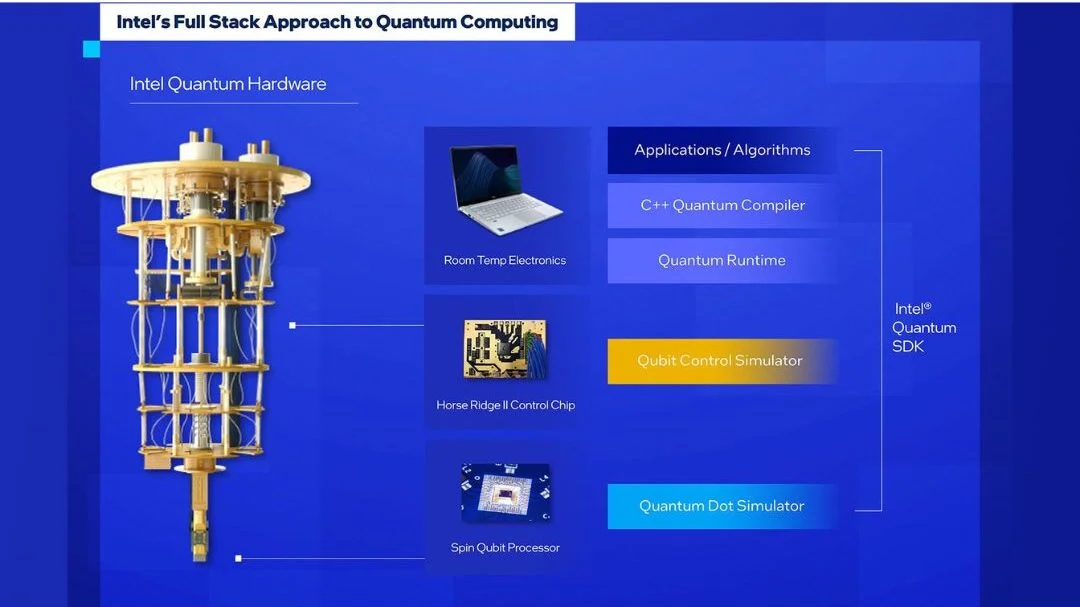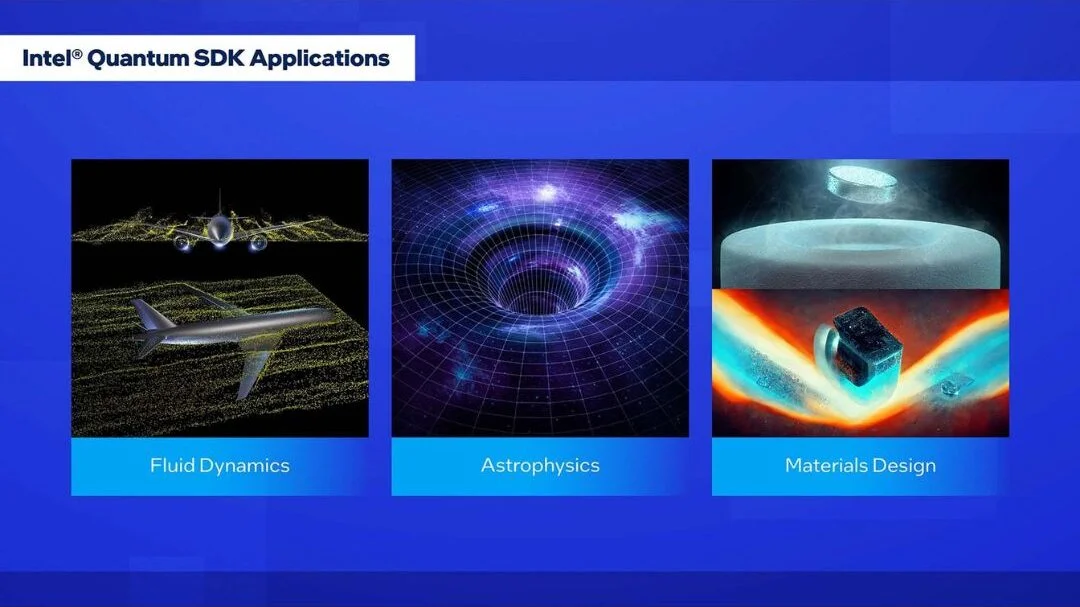Intel released version 1.0 of the Intel® Quantum Software Development Kit (SDK). The SDK is a full quantum computer in simulation that can also interface with Intel’s quantum hardware, including Intel’s Horse Ridge II control chip and Intel’s quantum spin qubit chip when it becomes available this year. The kit allows developers to program quantum algorithms in simulation, and it features an intuitive programming interface written in C++ using an industry-standard low-level virtual machine (LLVM) compiler toolchain. As a result, Intel’s SDK offers seamless interfacing with C/C++ and Python applications, making it more versatile and customizable.
Version 1.0 of the SDK includes an intuitive programming interface based on C++, providing a programming language that’s familiar to classical computing developers, enabling collaboration between them and quantum developers. The kit also features a quantum runtime environment optimized for executing hybrid quantum-classical algorithms. Developers have the choice of two target backends for simulating qubits to either represent a higher number of generic qubits or Intel hardware.

The first backend is a high-performance open-source generic qubit simulator, Intel® Quantum Simulator (IQS). IQS has a backend capable of 32 qubits on a single node and more than 40 qubits on multiple nodes. The second is a target backend that simulates Intel quantum dot qubit hardware and enables compact model simulation of Intel silicon spin qubits. Intel’s qubits leverage the company’s expertise in silicon transistor manufacturing to build a large-scale quantum computer.
With the SDK, users can develop small workloads to determine what functionalities are needed from the quantum computer’s system architecture to run algorithms efficiently and accurately on qubits. In addition, Intel is using the SDK internally to co-design quantum hardware and software in tandem, accelerating system development.

The SDK is a customizable and expandable platform providing greater flexibility when developing quantum applications. It also provides for users to compare compiler files, a standard feature in classical computing development, to discern how well an algorithm is optimized in the compiler. It allows users to see the source code and obtain lower levels of abstraction, gaining insight into how a system stores data.



